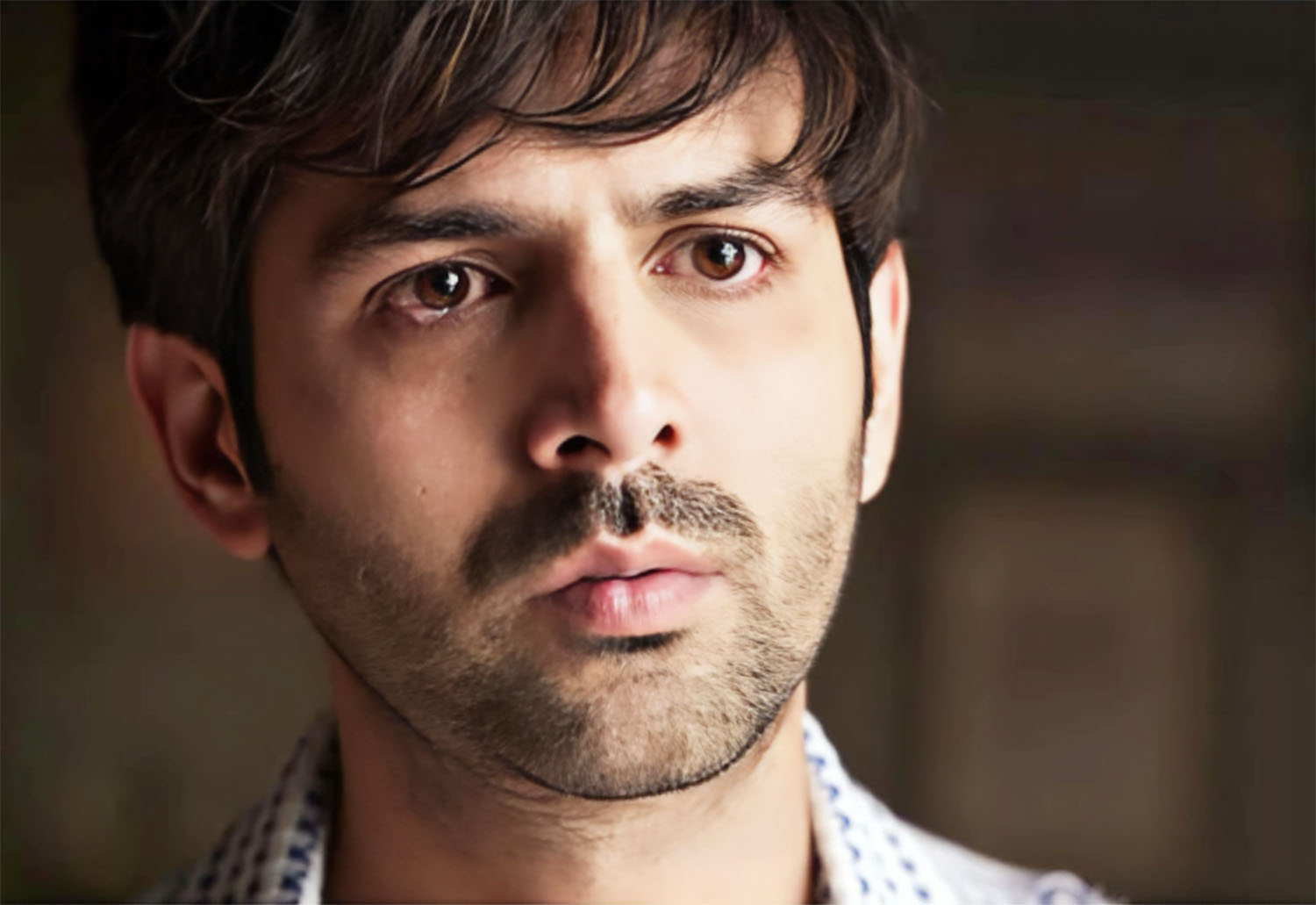Satyaprem Ki Katha, a movie that hit the screens recently, is poised on the tightrope of public opinion, basking in both adoration and scrutiny. This film, directed by Sameer Vidwans and produced by Sajid Nadiadwala, is a romantic tale that weaves in a narrative touching on women’s rights and society’s attitude towards gender roles.
This review is a holistic analysis of the film, consolidating various perspectives, and seeks to provide an in-depth examination of its artistic merit.
The Narrative
Satyaprem Ki Katha, at its core, is a tale of love between Kartik Aaryan‘s Satyaprem and Kiara Advani‘s Katha, set in the vibrant backdrop of Ahmedabad. The film delves into how they navigate their love story amidst a slew of personal and societal obstacles. The narrative unfolds effortlessly, drawing viewers into its orbit, exploring not just romantic love but also the familial bonds that underpin the fabric of Indian society.
The authenticity with which the film presents the setting is commendable, making it a sincere depiction of middle-class Gujarati life. The narrative smartly steers clear of over-romanticizing or caricaturing the local milieu, instead, keeping it real and relatable.
The film’s commitment to authenticity is evident in its clever intertwining of local culture, language, and traditions in the narrative, adding a refreshing layer of charm and sincerity.
However, the film stumbles when it comes to pacing. With a runtime that could have benefited from a bit of trimming, the narrative sometimes seems to lose its tempo. Particularly, some of the songs, although melodious, felt forced into the narrative, disturbing the flow and tempo. The timing of the songs is questionable, suggesting a need for more meticulous narrative planning.
Character Portrayal and Performances
In terms of characterization, the film offers an array of layered, compelling characters.
Kartik Aaryan
Kartik Aaryan, as the film’s lead Satyaprem, brings his signature charm and earnestness to the table, imbuing his character with an effervescence that is both engaging and entertaining.

Throughout the film, Aaryan navigates the complexities of his character’s emotional graph, convincingly portraying Satyaprem’s journey from a disgruntled youth to a man grappling with his own ideas of allyship and masculinity.
His commitment to the role is evident in the more dramatic scenes, where he excels in communicating the internal turmoil of his character.
However, Aaryan’s performance is not without its flaws. There is a sense of deja vu as his portrayal seems to borrow elements from his previous roles, displaying a lack of versatility.
The challenge of handling the heavier themes of the script also stretches his acting prowess, leading to moments where his performance seems to fall short of the emotional depth required.
Yet, despite these shortcomings, Aaryan’s portrayal of Satyaprem remains one of the most earnest and engaging aspects of the film.
Kiara Advani
Kiara Advani delivers a performance that is both nuanced and impactful. Her portrayal of Katha, a young woman wrestling with her own trauma and seeking justice, is commendable and emotionally resonant.

Kiara breathes life into her character, showcasing her ability to dig deep into the emotional complexities of her role. Her portrayal brings to the forefront a sensitivity and vulnerability that are integral to the depiction of Katha’s journey.
She shines particularly in the dramatic scenes, handling the emotional intensity with finesse and demonstrating an impressive range.
Nevertheless, the inconsistency of the script at times overshadows her performance, limiting her scope to fully explore her character. Despite these constraints, Kiara Advani’s performance stands out as a beacon of strength, embodying the resilience of her character with conviction and gravitas.
Her role reinforces her status as a versatile actress capable of delivering powerful performances.
Others
The supporting cast, particularly Gajraj Rao and Supriya Pathak, enhance the narrative’s depth, bringing forth a multitude of nuanced emotions with their seasoned acting skills.
Their performances add a certain warmth and depth to the narrative, making the audience feel right at home.
However, the film falls short in ensuring consistent characterization. In certain instances, the characters’ actions don’t align with their portrayed personalities, resulting in a disconcerting disconnect. This inconsistency is a noticeable chink in an otherwise armor-clad narrative.
Exploration of Themes in Satyaprem Ki Katha
In terms of thematic exploration, Satyaprem Ki Katha ventures into an area not often trodden in mainstream Hindi cinema. Its attempt to address themes like women’s rights, agency, and gender roles is commendable, albeit flawed.
The film boasts a dialogue on women’s consent in sexual relations, a rare find in Hindi cinema.
The movie earnestly attempts to portray Satyaprem as an ally, standing up against date rape and marital rape. But the male savior complex and the resulting robbing of a woman’s agency in deciding her response to an assault mars the film’s noble intentions.
This aspect, unfortunately, results in a film that seems to talk past its characters and audience, rather than with them.
Moreover, the film’s portrayal of feminism is problematic, with some instances of the narrative inadvertently falling into the trap of perpetuating stereotypes. There’s a distinct dichotomy in the movie’s intentions and execution, where the narrative seesaws between backing women’s rights and lionising the male protagonist.
The film seems to grapple with its understanding of feminism and consent, resulting in an execution that is not as nuanced or informed as one would hope.
Technical Aspects
On the technical front, the movie shines. The cinematography is beautiful, effectively capturing the essence of Gujarat. The film’s songs, despite their questionable placement, are melodious, with some being potential chartbusters. The film’s sets, particularly those for the song and dance sequences, are vibrant and visually appealing.
The film is not without its share of flaws, though. One glaring issue is the not-so-subtle product placements, which stand out like a sore thumb. The film could have also explored Gujarat beyond surface markers, making the setting more integral to the narrative.
Conclusion
In conclusion, Satyaprem Ki Katha is a mixed bag. It successfully presents an engaging love story, supported by strong performances from both the leads and the supporting cast. Its portrayal of a Gujarati family and the authenticity of the setting adds a layer of charm to the narrative. However, the film stumbles in its handling of complex themes like women’s agency and consent, and struggles with pacing.
Satyaprem Ki Katha is certainly not without merit, but the film’s shortcomings, particularly in its exploration of themes, and inconsistencies in the narrative and characterization, hinder it from reaching its full potential. Based on a comprehensive analysis of the film, from its narrative to its thematic exploration, performances, and technical aspects, I would rate Satyaprem Ki Katha a 3 out of 5. It’s a film worth watching for its performances and an engaging romantic narrative, but viewers must be prepared for an imperfect execution of deeper themes.
TAG: Satyaprem Ki Katha
Does Satyaprem Ki Katha deserve more stars?
The rating of 3 out of 5 for Satyaprem Ki Katha is a reflection of the film’s strengths and weaknesses in several areas:
- Narrative and Pacing: The film does well in creating an engaging love story set against the backdrop of a middle-class Gujarati family. The authentic representation of Gujarat, the integration of local culture, and the heartfelt depiction of familial ties all add depth to the narrative, deserving positive recognition. However, the movie’s pacing issues, the jarring inclusion of songs, and the inconsistency in characters detract from the overall cinematic experience. These narrative missteps reduce the film’s rating.
- Performances: The commendable performances by Kartik Aaryan, Kiara Advani, and the supporting cast bring life to the narrative. Their ability to portray complex characters and elicit empathy from the viewers is a definite strength of the film. However, there are instances where the performances are overshadowed by the script’s inconsistencies, which mar the overall impact of the film.
- Thematic Exploration: The film’s intention to discuss complex and rarely addressed themes in mainstream Hindi cinema, such as women’s rights, consent, and gender roles, is praiseworthy. However, the execution of these themes is flawed, with the narrative often indulging in a male savior complex and misrepresenting the very ideas it attempts to promote. While the film deserves credit for broaching these subjects, its failure to handle them with the required sensitivity and nuance is a significant reason for the rating.
- Technical Execution: The film excels in its technical execution, with beautiful cinematography, vibrant sets, and melodious songs. Yet, the blatant product placements and the lack of deeper exploration of the Gujarati setting detract from its aesthetic and authenticity.
In conclusion, Satyaprem Ki Katha scores high on performances, authenticity, and the courage to explore unconventional themes. Still, it falls short on narrative consistency, sensitive handling of complex themes, and seamless integration of its musical and commercial elements. This combination of strengths and weaknesses leads to a balanced rating of 3 out of 5, reflecting its status as an engaging but flawed cinematic experience.
Want to book your tickets?

